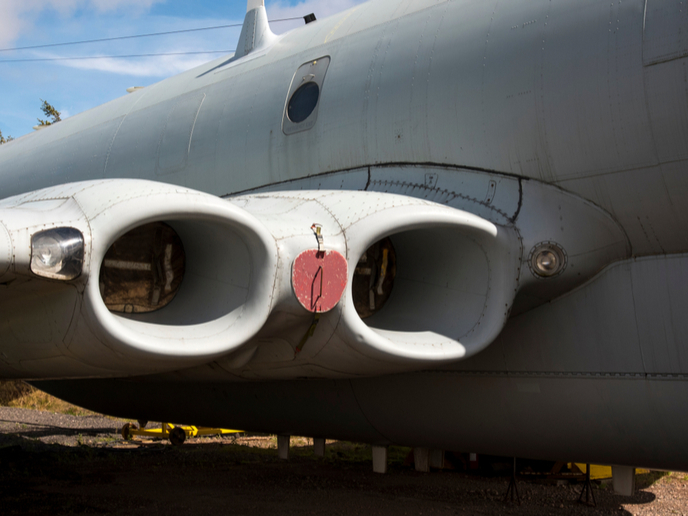Smooth eco-friendly aircraft nacelles
The nacelle is an integral part of jet engines, housing the components that transform the energy-rich, liquid fuel into a powerful pushing force. This complex system that is separate from the fuselage optimises airflows and protects the engine, helps reduce noise, contributes to aircraft braking, while also providing cooling and heating. Its otherwise smooth surface can sometimes be filled with joins, holes and bumps that can slightly disrupt the smooth airflow around it. The aim of the EU-funded project BALANCE was to develop designs for making the forward portion of the nacelle more aerodynamically smooth. The goal was to reduce disruption between the layers, while still covering the jet engine. Balancing drag reduction with high performance “The smoothness of the nacelle surface affects aircraft drag. This drag has a significant impact on fuel consumption – the greater the drag, the harder the engine has to work, and as a result more carbon dioxide emissions are produced,” notes Iain Minton, project coordinator of Safran Nacelles’ BALANCE project. BALANCE’s main goal was to come up with better nacelle designs that enable aircraft drag to be significantly reduced, without increasing its weight or negatively affecting the performance of any other part of the aircraft. Throughout the project, researchers succeeded in identifying several concepts that could work with different types of aircraft. Their newly proposed surface design improvements help reduce any steps and gaps that are perfect spots for drag creation, extending the laminar flow to 30-40 % of the nacelle length. Their aim was to demonstrate that their new designs have reached technology readiness level 5, in which they are validated in a simulated environment. Analysis has also included numerical simulation of bird strike incidents to determine the effectiveness of the newly proposed designs. Although the team did not eventually manage to reach the desired drag reduction target, it produced noteworthy results without using any sophisticated mechanical systems. “The almost 0.3 % drag reduction achieved shows a promising route to reducing harmful carbon emissions, should this technology be selected for future aircraft,” adds Minton. Europe still behind the curve Featuring technologies that encourage smooth airflow around the engine to lower drag, the United States airframers are at the vanguard of technological innovation in the field. Without any similar technologies at hand until now, European nacelle manufacturers have not been able to boost their competitive position. Natural laminar flow technologies are already a pillar of next-generation aircraft concepts and of the Clean Sky 2 programme. Given that Europe will need around 10 000 new business jets to sustain growth over the next ten years, if it manages to fulfil the initiative’s ambitious goals by relevant improved nacelle concepts, it will help build a broader marketplace and open up more career opportunities.
Keywords
BALANCE, aircraft, nacelle, drag reduction, smooth airflow, laminar flow, business jet

